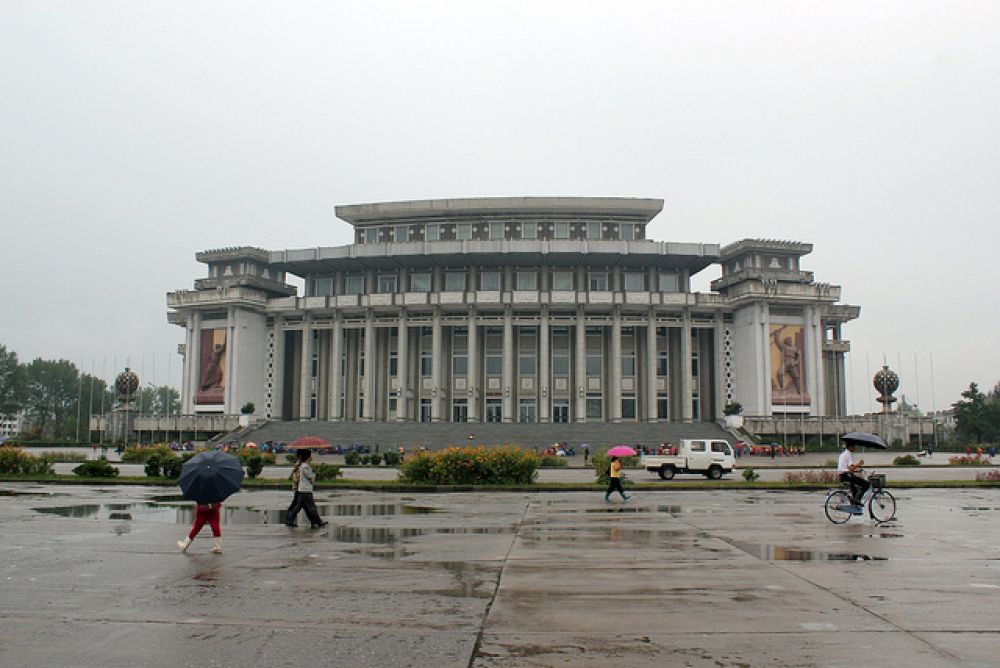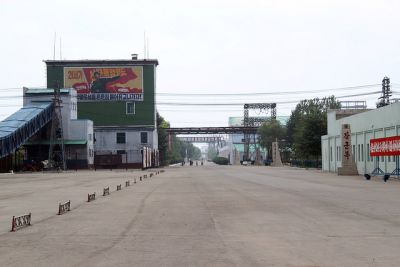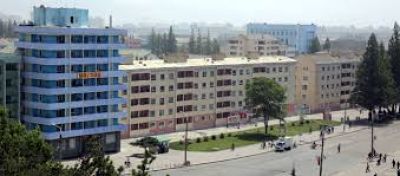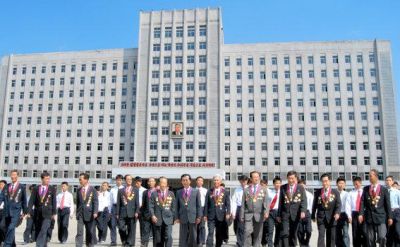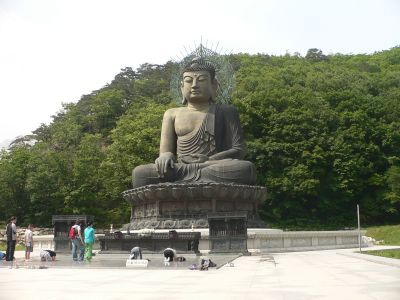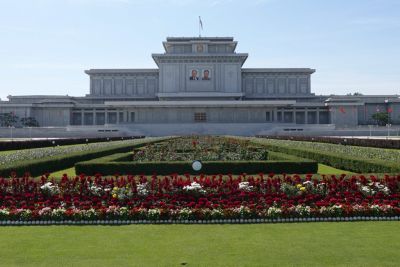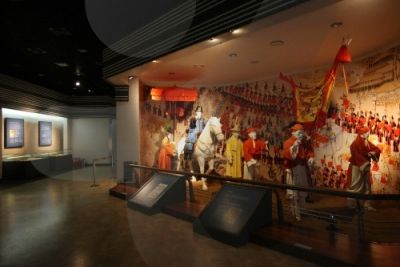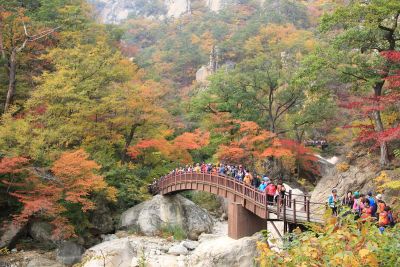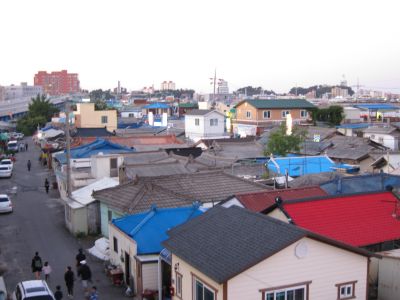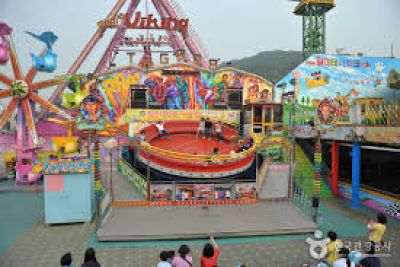Hamhung Grand Theatre, Hamhung, North Korea: A Glimpse into the Tourism History
Introduction to Hamhung Grand Theatre
The Hamhung Grand Theatre is a significant cultural landmark in the city of Hamhung, North Korea's second-largest city. The theatre stands as a proud symbol of North Korean architecture and artistry, and it plays a crucial role in the cultural life of the city. Given the controlled nature of tourism in North Korea, the Hamhung Grand Theatre is not as widely known globally as sites in Pyongyang; however, it is a place of interest for those who visit the country.
History of Tourism in Hamhung
North Korea has historically been one of the most closed societies in the world, with tourism being tightly controlled by the government. It wasn't until the late 20th century that the country began to open up to foreign tourists, albeit in a very limited and regulated capacity.
The history of tourism in Hamhung is similarly restricted, with most visitors traveling to North Korea focusing on the capital, Pyongyang. Hamhung and its attractions, like the Grand Theatre, only started receiving foreign tourists during the organized tours that became somewhat more common in the 21st century. These tours are highly structured and only allow visitors to see what the government wants them to see.
Significance of Hamhung Grand Theatre
Opened in 1984, the Hamhung Grand Theatre has been a central hub for performances and art-related events in the city. It is a place where North Korean opera, dance, and theatre are performed, showing the country's traditional and ideological art forms. For tourists able to visit Hamhung, the theatre provides a glimpse into the cultural aspects of North Korean society often overshadowed by the country's political narrative.
Latest Tourism Trends
In recent years, North Korea has made tentative steps towards boosting tourism, promoting various attractions, including its cultural institutions. However, given the global political climate and the COVID-19 pandemic, tourism trends have fluctuated dramatically.
As of the latest available information, North Korea has been closed off to international tourists due to the pandemic, but there's anticipation in the global tourism community for a potential gradual reopening. When travel resumes, there's interest in more diverse itineraries that could include cities like Hamhung and landmarks like the Grand Theatre.
Tourists looking to engage with the country's culture, history, and architecture are hopeful for the opportunity to visit sites off the beaten path, such as the Hamhung Grand Theatre, to enrich their understanding of North Korea's society and artistic expressions.
Conclusion
While the future of tourism in Hamhung and the broader access to North Korea's heritage sites like the Hamhung Grand Theatre remains uncertain, the intrigue and mystique surrounding these places continue to grow. Those fortunate enough to visit are offered a rare view into a country that remains largely a mystery to the external world.
